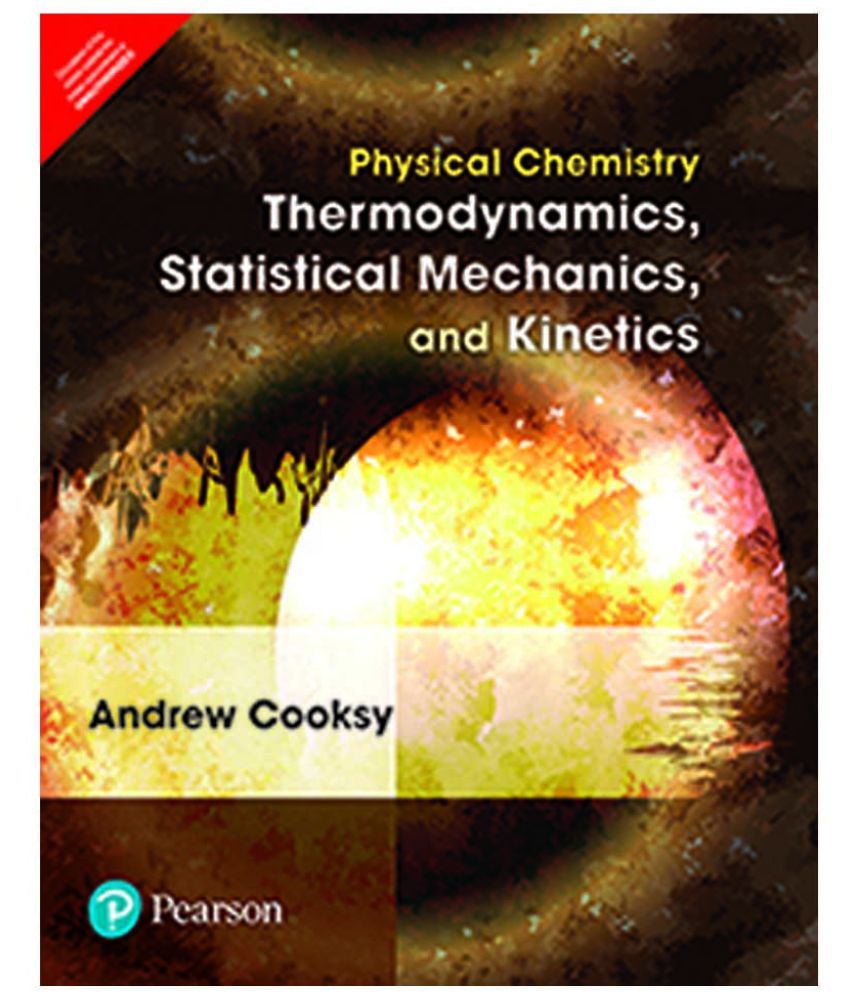Something went wrong. Please refresh the page and try again.
Something went wrong. Please refresh the page and try again.
Notifications can be turned off anytime from settings.
Item(s) Added To cart
Qty.
Something went wrong. Please refresh the page and try again.
Something went wrong. Please refresh the page and try again.
Exchange offer not applicable. New product price is lower than exchange product price
Please check the updated No Cost EMI details on the payment page
Exchange offer is not applicable with this product
Exchange Offer cannot be clubbed with Bajaj Finserv for this product
Product price & seller has been updated as per Bajaj Finserv EMI option
Please apply exchange offer again
Your item has been added to Shortlist.
View AllYour Item has been added to Shopping List
View All

No Cost EMI of Zero Emi Vendor applied on the product
You selected EMI of for monthsChangeGenerally delivered in 5 - 9 days
Item is available at . Change
You will be notified when this product will be in stock
| ||||||||||||||
Andrew Cooksy’s clear teaching voice help students connect immediately with the subject matter while defusing some of their initial trepidation about physical chemistry. Through lively narrative and meticulous explanations of mathematical derivations, Physical Chemistry: Thermodynamics, Statistical Mechanics, and Kinetics engages students while fostering a sincere appreciation for the interrelationship between the theoretical and mathematical reasoning that underlies the study of physical chemistry. The author’s engaging presentation style and careful explanations make even the most sophisticated concepts and mathematical details clear and comprehensible.
About the Author
Andrew Cooksy is a chemistry professor at San Diego State University, where he teaches courses in physical and general chemistry and carries out research on the spectroscopy, kinetics, and computational chemistry of reactive intermediates in combustion and interstellar processes. He attended the Washington, D.C. public schools before receiving his undergraduate degree in chemistry and physics from Harvard College and his Ph.D. in chemistry from the University of California at Berkeley.
Features
FLEXIBLE ORGANIZATION ACCOMMODATES THE CONTENT NEEDS AND TEACHING STYLES OF EACH SEMESTER/QUARTER SEQUENCE.
Separation of Quantum Chemistry and Thermodynamics into distinct volumes provides the utmost in flexibility, allowing instructors to lead with their choice of Quantum-first or Thermo-first coverage.
For students in need of a review at the start of the term/quarter, Chapter A: “Tools of Math and Physics” summarizes the prerequisite mathematics and physics assumed by the rest of the text. While the text reminds the student of specific equations from basic math and physics as needed, Chapter A underscores the fundamental nature of the course material by presenting at the outset the essential math and physics principles from which we construct chemical theory.
Reflective of popular lecture strategies, chapter opening and closing features ground each topic within the larger framework of physical chemistry and help students stay oriented as they deepen their understanding.
Opening features including a “Visual Roadmap” and “Context: Where Are We Now” show readers where they are within the text and relative to other physical chemistry topics.
“Goal: Why Are We Here?” and “Learning Objectives” features prepare students for the work ahead and outline the skills students should expect to acquire from their study of the chapter.
The concluding “Where Do We Go From Here” section at the end of each chapter reinforces student orientation and illuminates the intrinsic connection between concepts..
Table Content
Physical Chemistry at the Macroscopic Scale:
Statistical Mechanics, Thermodynamics, and Kinetics
A Introduction: Tools from Math and Physics
A.1 Mathematics
A.2 Classical Physics
I Extrapolation to Macroscopic Systems
1 Introduction to Statistical Mechanics: Building Up to the Bulk
1.1 Properties of the Microscopic World
1.2 Bulk properties
1.3 Entropy
1.4 The ideal gas and translational states
1.5 The ideal gas law
Problems
2 Partitioning the Energy
2.1 Separation of Degrees of Freedom
2.2 The equipartition principle
2.3 Vibrational and rotational partition functions
2.4 The Translational Density of States
2.5 The translational partition function
2.6 Temperature and the Maxwell-Boltzmann distribution
Problems
3 Statistical Mechanics and Molecular Interactions
3.1 Extrapolation to many molecules
3.2 Pressure of a non-ideal fluid
3.3 Averaging the dipole-dipole potential
3.4 Bose-Einstein and Fermi-Dirac statistics
4 Mass Transport
4.1 Statistics of molecular collisions
4.2 Transport without external forces
4.3 Transport with external forces
Problems
5 Energy transport
5.1 Conduction, convection, and radiation
5.2 Blackbody radiation
5.3 Spectroscopic intensities
5.4 Laser dynamics
5.5 Spectroscopic linewidths
5.6 Conclusion to Part IV: E, U, Ndof , S
Problems
II Non-Reactive Macroscopic Systems
6 Introduction to Thermodynamics
6.1 The first law of thermodynamics
6.2 Approximations and assumptions
6.3 Mathematical tools
6.4 Computer simulations
Problems
7 Energy and Enthalpy
7.1 Heat capacities
7.2 Expansion of gases
Problems
8 Entropy
8.1 Entropy of an ideal gas
8.2 The second law of thermodynamics
8.3 The third law of thermodynamics
8.4 Ideal mixing
Problems
9 Phase Transitions and Phase Equilibrium
9.1 Phase transitions
9.2 Thermodynamics of phase transitions
9.3 Chemical potentials
9.4 Statistical mechanics of vaporization
9.5 Phase diagrams
Problems
10 Solutions
10.1 The standard states
10.2 Statistical mechanics of solutions
10.3 Thermodynamics of solutions
10.4 Ionic solutions
10.5 Applications of the activity
10.6 Conclusion to Part V: E, U, Ndof , S
Problems
III Reactive Systems
11 Chemical Thermodynamics
11.1 Introduction to chemical reactions
11.2 Enthalpies of reaction
11.3 Spontaneous chemical reactions
11.4 Chemical equilibrium
Problems
12 Elementary Reactions
12.1 Reaction rates
12.2 Simple collision theory
12.3 Transition state theory
12.4 Diffusion-limited rate constants
12.5 Rate laws for elementary reactions
Problems
13 Multi-step Reactions
13.1 Elements of multi-step reactions
13.2 Approximations in kinetics
13.3 Chain reactions
Problems
14 Reaction Networks
14.1 Atmospheric chemistry
14.2 Combustion chemistry
14.3 Molecular astrophysics
14.4 Enzyme catalysis
14.5 Conclusion to the text
The images represent actual product though color of the image and product may slightly differ.
Physical Chemistry: Thermodynamics, Statistical Mechanics, and Kinetics, 1st Edition by Pearson
Rs. 573
Register now to get updates on promotions and
coupons. Or Download App